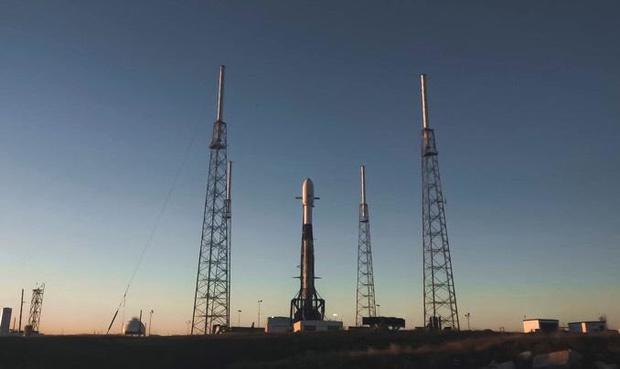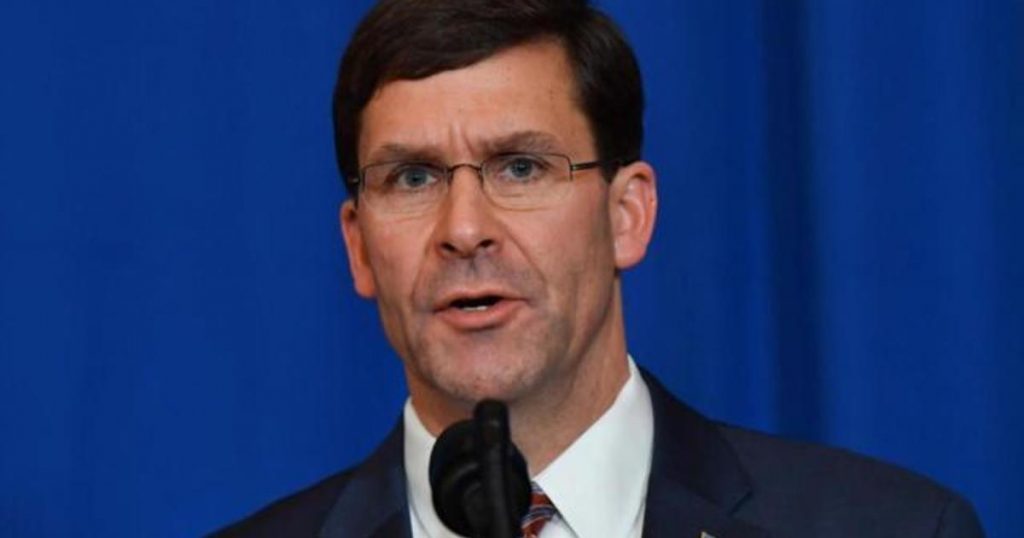Watch live coverage of the SpaceX launch in the video player above, scheduled for 9:19 p.m. EST.
SpaceX readied a third batch of 60 Starlink internet relay satellites for launch Monday evening. This time, one of the satellites has an experimental coating intended to make it less reflective and, company engineers hope, less disruptive to sensitive astronomical observations.
The eventual Starlink constellation will be made up of thousands of small satellites, providing high-speed internet access around the world. Other companies plan similar arrays, and astronomers are worried that all of those orbiting devices may unavoidably photobomb images collected by large telescopes around the world.
Trending News
“There is a point at which it makes ground-based astronomy impossible to do,” Jonathan McDowell, an astronomer at the Harvard-Smithsonian Center for Astrophysics, told The New York Times late last year.
“I’m not saying Starlink is that point,” he said. “But if you just don’t worry about it and go another 10 years with more and more mega-constellations, eventually you are going to come to a point where you can’t do astronomy anymore. And so let’s talk about it now.”
The experimental coating on one of the 60 Starlink satellites launching Monday addresses those concerns by attempting to reduce the amount of light reflected back toward Earth. The satellite will be closely monitored to determine how well the coating works.
“Astronomy is one of a few things that gets little kids excited about space,” SpaceX President Gwynne Shotwell told reporters last month. “There are a lot of adults that get excited, too, who either depend on it for their living or for entertainment.
“We want to make sure we do the right thing. … We’re going to do trial and error to figure out what’s the best way to get this done. But we are going to get it done.”
Liftoff from pad 40 at the Cape Canaveral Air Force Station was targeted for 9:19 p.m. EST. As usual, SpaceX planned to recover the thrice-flown first stage of the rocket by landing it on the droneship “Of Course I Still Love You” stationed well offshore in the Atlantic Ocean.
The second stage, meanwhile, was expected to fire twice to boost the Starlink payload into a 180-mile-high orbit. The flight plan called for all 60 satellites to be released from their deployer about one hour after launch. After tests and checkout, they will use on-board thrusters to reach their operational altitudes of 342 miles.
“Once the satellites reach their operational altitude … and begin on-station service, their orientation changes and the satellites become significantly less visible from the ground,” SpaceX said in a mission press kit. “On this flight, SpaceX is also testing an experimental darkening treatment on one satellite to further reduce the albedo of the body of the satellites.” (“Albedo” means the light reflected off a surface.)
SpaceX has regulatory approval to launch nearly 12,000 broadband relay stations in multiple orbital planes. Equipped with high-speed satellite-to-satellite communications links, the eventual network is designed to seamlessly hand off internet traffic as required to provide uninterrupted access.
“Production on Starlink is going really well,” Shotwell said. “We build roughly seven satellites a day. … Starting into the new year, you should see a mission every two-to-three weeks from us.”
SpaceX currently plans more than 30 launches in 2020, with about half of them devoted to Starlink.
Six launches of 60 Starlink satellites each will provide a “useful” network and another six launches after that will provide minimal global coverage. SpaceX founder Elon Musk said the company will continue to expand the network after that to provide more complete coverage and to keep up with bandwidth demand.
“Six launches, once they’re in their operational orbit, gets us global connectivity, but there are gaps in between,” Shotwell said. “Twelve launches gets us connectivity with no gaps down to a latitude of roughly 25 degrees. And then 24 missions gets us global coverage with no data gaps.
“So what’s preventing us from providing service? Getting the right number of satellites up in orbit. We will start offering service (in mid-2020) because we (will) have those 12 launches.”
The eventual network is designed to provide “high-bandwidth, low-latency connectivity, ideally throughout the world,” Musk said. “This would provide connectivity to people that don’t have any connectivity today or where it’s extremely expensive and unreliable.”
The Starlink system also will serve “people who may have connectivity today in developed areas of the world but it’s very expensive,” he added. “This will provide a competitive option for them.”


